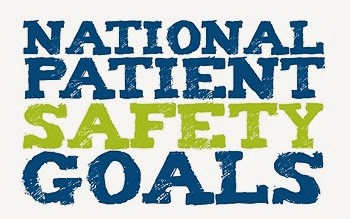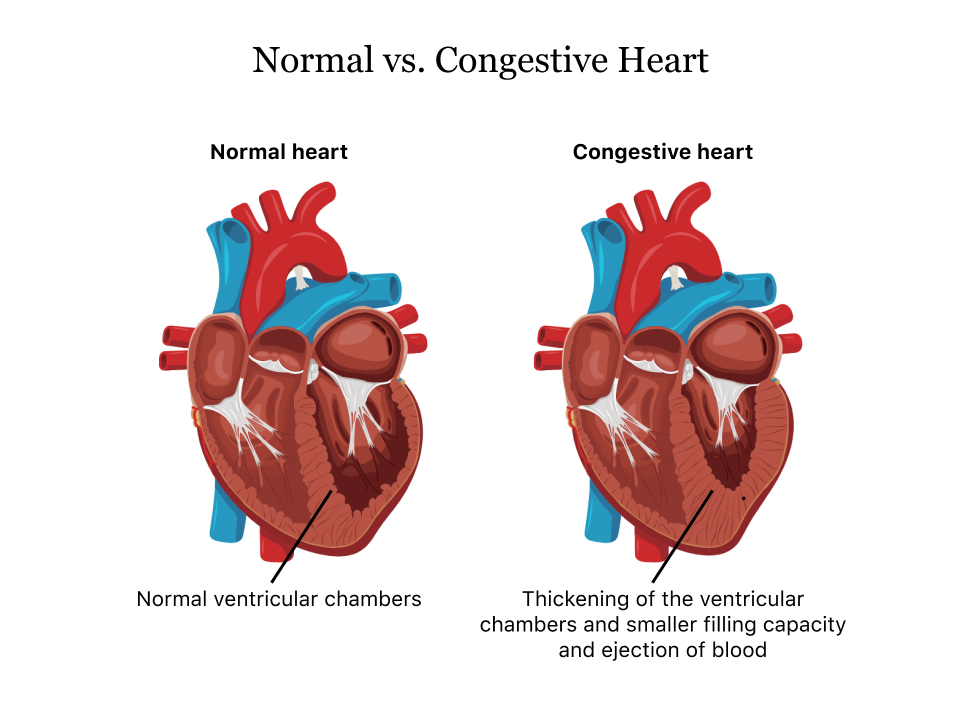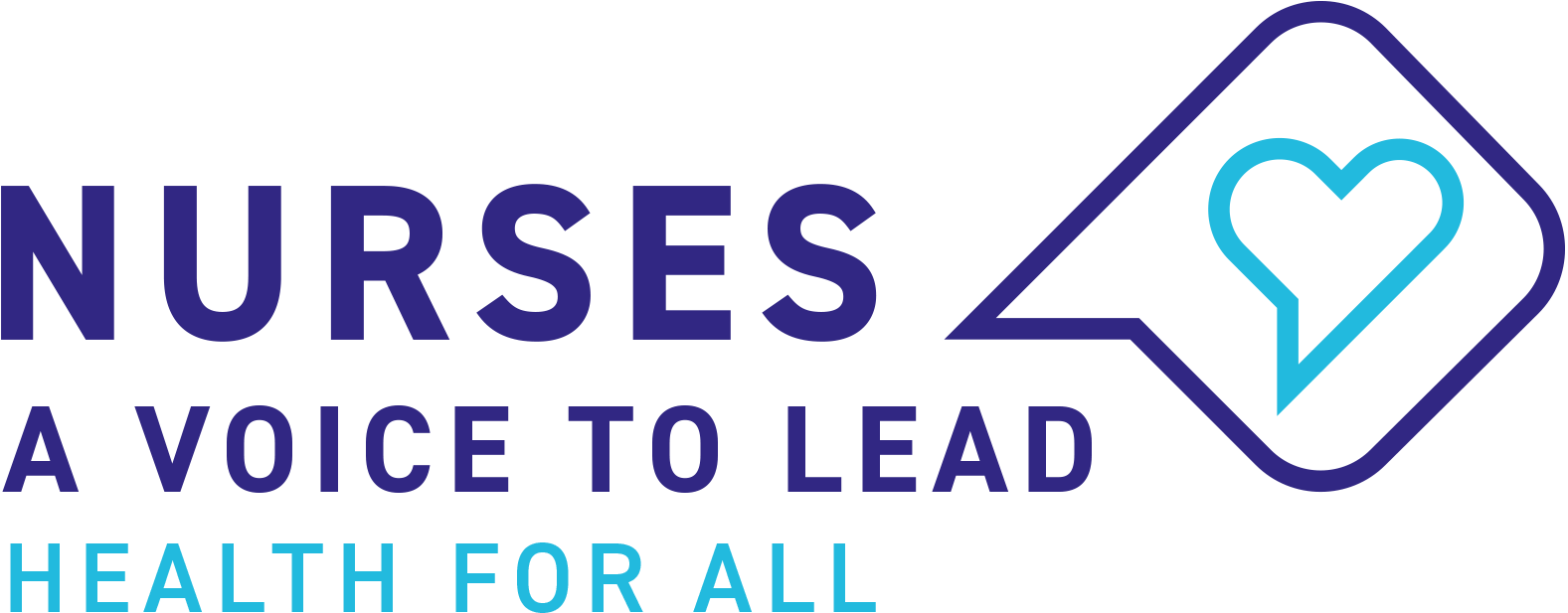Soap Note about Health of Elderly Adults
(Soap Note about Health of Elderly Adults) How do acute or chronic health conditions impact a healthy individual ?

Nurse case study
PART ONE: Compare and contrast: migraine headaches, tension headaches, and meningitis.-risk factors, pathophysiology, clinical manifestations
PART TWO: Present a hypothetical case about meningitis that includes the following:
1. Vital information about a person who might be predisposed to this condition (I.e., a person who may have risk factors for this condition).
2. The pathophysiology of the disease, including clinical manifestations.
3. Which diagnostic tests you’d recommend and a rationale for the one(s) you choose.
4. How this condition compares to other differentials.
5. The evidence-based recommendations from the AHRQ Guidelines or guidelines recommended from a professional organization. Based on these recommendations, discuss how to manage the condition best.
6. A patient safety issue that could be associated with the condition presented in this case.
PART THREE: Answer these reflection questions: What information would a master’s prepared nurse gather from a patient with this condition?How could the master’s prepared nurse use this information to design a patient education session for someone with this condition? Please note: 3-4 pages long, must use medical and masters level terminology. must be APA 7 format.
(Soap Note about Health of Elderly Adults)
The 2021 National Patient Safety Goals
Select one of the 2021 National Patient Safety Goals. Share your thoughts about the opportunities and challenges related to achieving the goal in your work environment.
(Soap Note about Health of Elderly Adults)

Compare and contrast Britain’s and the United States health history and current structure
In a 5-6 page Microsoft Word document, compare and contrast Britain’s and the United States health history and current structure, including: Different philosophical approaches to the provision of care Organization Financing Delivery of health services and public health systems Utilize your textbook and other scholarly sources for this assignment help to assist with your research.
You may also find the following websites helpful:
The Future of Public Health: A History of the Public Health System Overview of Healthcare in the UKMAP-IT framework is a tool for organizing and gauging societal public health endeavors.
Experienced and inexperienced public health workers may use MAP-IT processes to build ans develop a community that is healthy (McKnight, Kretzmann 1996). The MAP-IT approach takes time, effort, and a series of stages to ‘map out’ the journey towards a community’s desired change. Remember that there is no one solution that fit all when it comes to this, therefore, some procedures are needed repetitively. A coalition can use MAP-IT to develop a chronological, organized plan aimed towards a given community’s requirements. Mobilize Nursing intervention is developed to establish and enforce park exercise activities in zip code 33127.
After looking at the data collected from the community at zip code 33127, it was rather evident that residents, especially on the north side of the zip code, are not even trying to participate in the community’s public parks. Following the underlying investigation, the nurse intervention determines that a different strategy is required, and it brings together important stakeholders in the postal district 33127 to help nurture an agreement. The Nursing Intervention Task Force will comprise representatives from environmental health, education, and the community public health practitioners. The task force’s mission is to develop and maintain a healthy community in the postal district. Assess The task force holds a strategic planning meeting; furthermore, the task force holds data mining on healthy living from exercise. During the assessment, the task force discovered that the rate of chronic diseases reported in the postal district 33127 is alarming, especially among young people in the community. It has been discovered that the lack of physical exercise majorly triggers chronic disease. Currently, the staffing, skills and information on the importance of healthy living are at our disposal, but where do we go from there? From further deliberation, it is concluded that we would need funding to conduct public awareness campaigns, initiate the building fitness park, and install outdoor exercise equipment.
Plan
During the afternoon of the strategic planning meeting, the task force agreed that installing at least four outdoor fitness equipment in the postal district 33127 should be the priority in addressing the rising chronic illness rate. Our head decided to contact a community-based organization (CBO) with a long history of dealing with public workout equipment installation and ask them to assist in developing a project plan. If money is approved, the CBO signs a letter of understanding to participate in the project. In addition, the director collaborates with other members of the postal district’s health department and government to draft a plan.We suggest a pilot program in which exercise equipment is installed in public parks. Some unemployed locals would be trained to assist in the procedures as part of the pilot program. We also decided to keep an eye on the rate of chronic illnesses to determine if it is decreasing. The federal government funds the project due to supporting data being the primary cause.ImplementThe CBO is enthusiastic about the project and is in charge of communicating with locals about the installations and reacting to emerging issues. In addition, the CBO is responsible for overseeing and performing the project’s training and employment aspects.Our project manager manages the whole project and collaborates with contractors to ensure proper completion. In the parks, equipment such as sit-up benches, dip and leg raise stations, vertical ladders, and rope climbs is erected. In addition, two parks dedicated to workouts are being built. All of this takes place over the course of one and a half years. Track The task force keeps track of the project’s development and gathers official and informal data to assess its impact. Since the parks have been improved, the number of cases of chronic illnesses has decreased. Residents say they feel healthier now than they did before the adoption, and there are fewer incidents of heart attacks. Consequently, the inhabitants are pleased with the workout equipment in the parks. The task group understands that they must remain focused and engaged for the program to continue. Conclusion at https://onlyassignmenthelp.com/custom-writing-service/write-my-assignment-for-me/get-information-technology-assignment-help-from-expert-writers/In the execution of a solution, evaluation and tracking are critical activities. These tasks, which are carried out in phases, offer practitioners various information (McEwan & Bigelow, 1997). For example, the preliminary evaluation aids in the identification of barriers and risks. It is feasible to take early strategies that focus on this knowledge to optimize the advantages of the solution while avoiding the danger of failure (StudyCorgi, 2021). The post-evaluation of results aids in determining the plan’s overall efficiency. The information may be utilized to improve the existing educational program and help design new, more complex ones.
REFERENCES
StudyCorgi. (2021) MAP-IT Model: Evaluation of Plan Effectiveness. Retrieved 21 June 2022, from https://studycorgi.com/map-it-model-evaluation-of-plan-effectiveness/McEwan, K., & Bigelow, A. (1997). Using a logic model to focus health services on population health goals. Canadian Journal of Program Evaluation 12(1): 167-174.McKnight, J. L., & Kretzmann, J. P. (1996) Mapping Community Capacity. Onlyassignmenthelp.com The Asset-Based Community Development Institute, Institute for Policy Research, Northwestern University.
(Soap Note about Health of Elderly Adults)
Do you need a similar assignment done for you from scratch? Order now!
Use Discount Code "Newclient" for a 15% Discount!





:max_bytes(150000):strip_icc()/article_7866255_foods-you-should-eat-every-week-to-lose-weight_-04-d58e9c481bce4a29b47295baade4072d.jpg)






